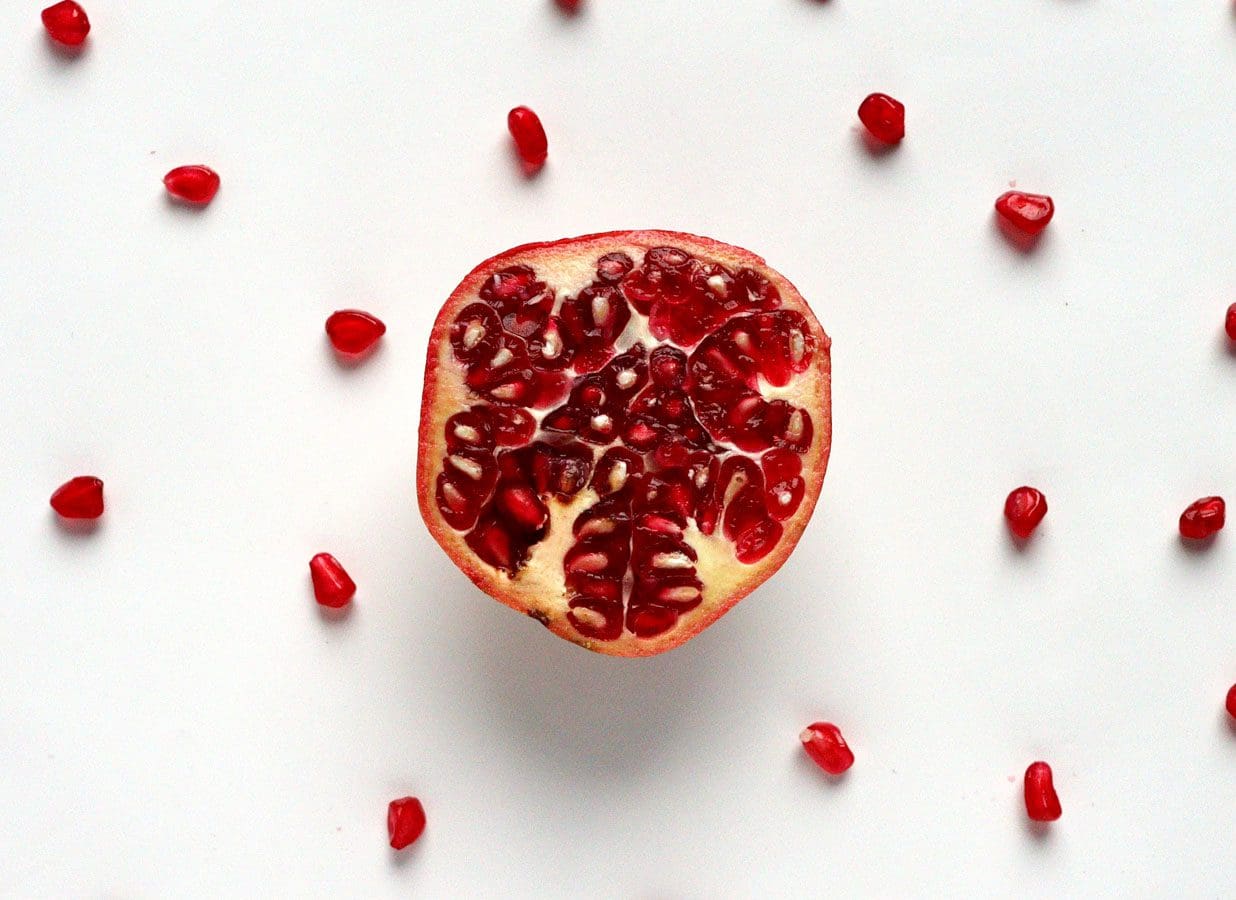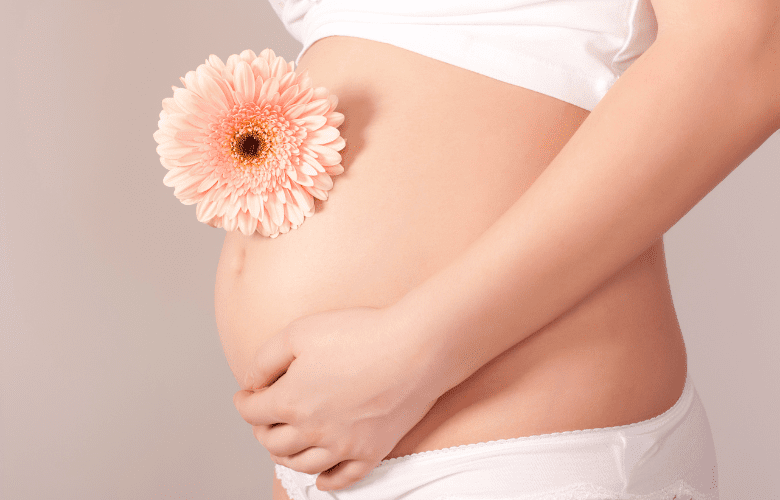Acupuncture originated in China around 3,500 years ago and remains one of the oldest, most common systems of healing in the world. The process itself involves the use of tiny needles, inserted into various pathways in the body (called meridians). In short, this is to enable the body’s Qi, or energy, to flow freely. Each acupuncture point acts as a “gate” sending information energetically deep into the body. These small prompts help to restore balance and release areas of blocked Qi.
By releasing these blockages, we can tend to all sorts of physical and emotional imbalances including:
-
Stimulating organ function
-
Promoting circulation
-
Interrupting pain signals
-
Reducing inflammatory markers
-
Balancing the nervous system
-
Calming the mind
With balanced body energy and increased blood flow, one’s physical, mental, and emotional health naturally improves.
Acupuncture is a vital pillar of Traditional Chinese Medicine.
Results from several studies show that acupuncture may help ease chronic pains such as the low back, neck, and osteoarthritis/knee pain, and also may help reduce the frequency of tension headaches and prevent migraines. Acupuncture has also been proven effective in the treatment of asthma, allergies, anxiety, depression, digestive disorders, women’s health, and autoimmune diseases.
After a complete and thorough medical history and Chinese Medical exam, we determine each patient’s needs and create a customized treatment plan to restore health to the areas in need. No two acupuncture sessions are the same as you may be feeling slightly different and need particular remedies on any given day. As you shift, so, too, will your treatments on and off the table.
In general, it’s safe to say receiving acupuncture should make you feel calm and sleepy once the needles are in place. You may even fall asleep or doze quietly.
Ready to get started?
We offer in-person and Telehealth appointments. Work with us from anywhere.
AURICULAR ACUPUNCTURE
The ear represents, in Chinese Medicine, the whole anatomical body, but in an upside-down orientation.
Dr. Paul Nogier’s theory contended that the auricle could be compared to an inverted fetus, with the head represented on the lower ear lobe, the feet at the top of the external ear, and the rest of the body in between.
Because the whole body is reflected on the surface of the ear, various ear points may be used during treatment to affect different areas of your body. Auricular acupuncture is widely accepted for its treatment of addictions and weight loss. They can also help with physical issues such as back pain, internal issues like digestion, and emotional issues such as anxiety, stress, and depression.
Ear seeds, tiny black seeds from the Vaccaria plant, may also be applied to specific acupoints on the ear at the end of treatment. Ear seeds stimulate acupoints by resting on them gently and can be reengaged with a light fingertip massage every few hours. In many cases, ear seeds are used to reinforce or elongate the effects of treatment and may be left on for up to five days.
MOXIBUSTION
Moxa is a dried herb (mugwort) that is used in Traditional Chinese and Japanese medicine and comes in the form of a loose herb, cone, or stick resembling a cigar.
It is used to warm and stimulate acupuncture points—hence, the name of the process is moxibustion. This therapy, like most Chinese Medicine, is thousands of years old and is used in conjunction with acupuncture during treatment. Its purpose is to improve the circulation of Qi and blood, and conditions specifically associated with “cold” or “yang deficiency,” such as fatigue.
Moxibustion is also well known for its ability to stimulate a breech baby to turn in up to 85% of cases according to various studies. In this instance, we use moxa to warm a point on the pinky toe. The fifth toe is a traditional acupuncture point called Bladder 67. It is thought that the heat encourages the release of two pregnancy hormones – placental estrogen and prostaglandins – which lead to uterine contractions. These contractions can then stimulate the baby to move (Cardini & Weixin, 1998).
We recommend that the moxa protocol take place daily for 15 minutes for 5 days, reassess the position of the fetus, and then if needed for an additional 5 days. Typically, moxa is started between 28 and 37 weeks of pregnancy. Because doing this daily is recommended, we often supply moxa to take home so a friend or partner can assist.
CHINESE DIETARY THERAPY
Chinese dietary therapy is an essential part of Traditional Chinese Medicine.
We believe that eating nutritionally dense foods that suit your constitution according to your Chinese medicine diagnosis will help support your body in its ability to heal. That is why Chinese dietary therapy is part of every treatment plan.






